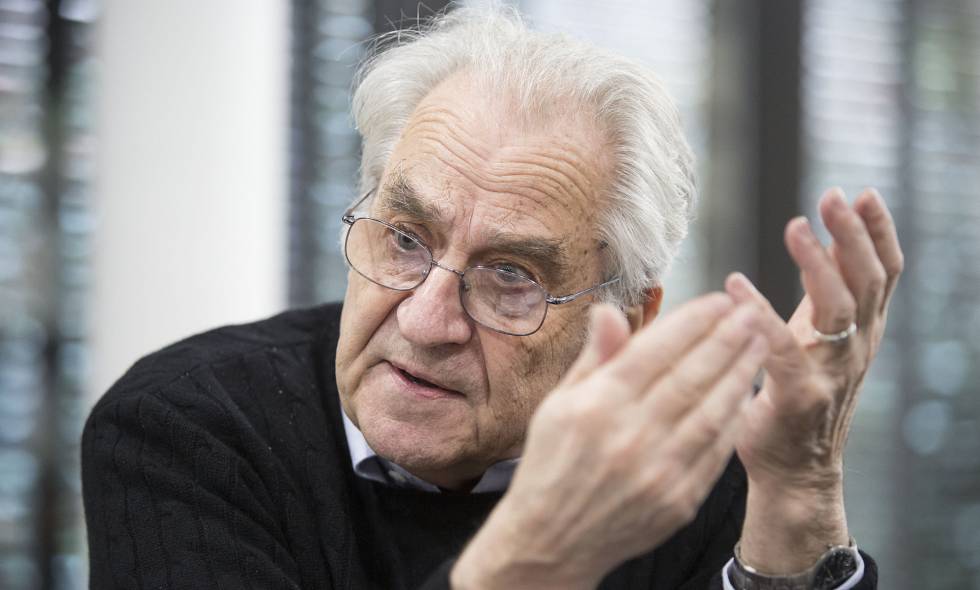 |
| Christoper Columbus arrives in America, L. Prang & Co., Boston (1893). Library of Congress. Public Domain via Wikimedia Commons |
The so-called golden age of Shakespeare coincided with the so-called golden age of exploration. Yet despite the far-reaching impact of the expanding globe, no play is set in the Americas, few plays treat colonization as central to the plot, and only a handful feature Native American characters (most of whom are Europeans in disguise). Shakespeare’s The Tempest draws on transatlantic travel narratives, it is true, yet we must remember that Caliban’s island is located in the Mediterranean, if it is really located anywhere. Allusions to the Americas abound, to specific places like Virginia or to a vaguer “Indies,” but overall early modern drama seems less interested in the western Atlantic than in, say, the North African littoral, Ireland, or the East Indies—a reflection perhaps of England’s belated presence in the Americas. (It is likely that the anonymous The New World’s Tragedy (1595), Day, Haughton, and Smith’sThe Conquest of the West Indies (1601), and the anonymous The Plantation of Virginia (1623) all had New World settings, but no texts of these plays survive.)
The impact of the New World on early modern drama, then, seems muted from our perspective. But that does not mean that there was no interest, nor does it mean that audiences were not exposed to New World subject matter. Indeed, as we’ll see, promoters of trade and settlement (particularly in relation to Virginia) were all too wary of the influence of early modern drama in shaping public opinion.
The travel play—a popular dramatic genre in the late sixteenth and early seventeenth centuries—frequently revolved around oceanic voyaging to real and sometimes imaginary places. Even though the New World largely remains off the travel play’s world map, increased occidental voyaging likely contributed to the success of this genre. Fletcher and Massinger’s The Sea Voyage is a rare instance of a play that draws explicitly on the Atlantic world, and even then, like The Tempest, its spatial coordinates are by-and-large obscured.
Rather than travel plays (or romances), London City Comedy seems to have been the genre through which early modern English audiences accumulated knowledge of New World matters. For playwrights, the New World could stand as an analogue for the city, which—because of rapid growth and increase in foreign trade—had become, to all intents and purposes, a new world in and of itself. No wonder then that a number of plays set in London draw on New World reference points to emphasize the strangeness of the city. Trinculo the Jester, stuck on a strange island in The Tempest, recalls the behaviour of the English who would rather give “ten doit to see a dead Indian” than one “to relieve a lame beggar.” Trinculo’s “Indian” is presumably from the Americas, given the prominence of Native American visitors to London at the time—something to which Shakespeare and John Fletcher allude in their collaboration Henry VIII or All is True, with its reference to the “strange Indian with the great tool.”
If travel plays celebrate encounters with the foreign and the strange in far-flung places, London city comedies hold up characters associated with the New World as strange objects of mockery. Bartholomew Cokes foolishly ventures to the Virginia-like Fair in Jonson’s Bartholomew Fair, while Justice Overdo grandiosely compares his “labours” and “discoveries” to those of “Columbus, Magellan, or our countryman Drake,” only to end up in the stocks. “Tobacconists,” inveterate smokers, are rendered impotent by their addictions; in Edward Sharpham’s The Fleer Petoune, named after a kind of tobacco, is so obsessed with “divine smoke” that he lives far beyond his means, spending all he has on “the Indian plant.” The New World is associated with bad investment, attractive only to desperados–characters like the adventurers of Jonson, Chapman, and Marston’s Eastwward Ho!, who think that they can flee their creditors by heading to Virginia.
The satirizing of adventurers and settlers caught the attention of promoters of colonialism. One member of the Virginia Company complained about “the licentious vaine of stage poets” badmouthing the nascent colony, while another accused the players of being enemies on a par with the Devil and the Catholic Church. Such invective leveled at the playing companies seems disproportionate, given that relatively few plays engage with Virginian subject matter for any length of time, and likely reflects the dire state of English transatlantic settlement and enterprise at the time. The Virginia colony, established in 1607, frequently seemed on the verge of dissipation, while the Virginia Company was permanently short of funds. It was only in the 1620s that the colony took on a degree of permanence.
But even though the Virginia Company was sensitive to how its mission was represented, when we piece together the various moments of mockery and satire across a wide range of plays, and consider how the early modern playhouse functioned as a news-source (or rumour mill), it certainly seems that early modern drama hit a nerve. Indeed, we might go so far as to say that, for supporters of transatlantic trade and settlement, drama was seen to be, as it were, anti-American.
--------------------
Gavin Hollis received his PhD in English Literature from the University of Michigan, Ann Arbor, and is Assistant Professor at Hunter College CUNY specializing in Shakespeare and Early Modern Drama. He is the author of The Absence of America: The London Stage, 1576-1642. Originally from Great Britain, he also holds degrees from Cambridge University and the Shakespeare Institute, University of Birmingham.

